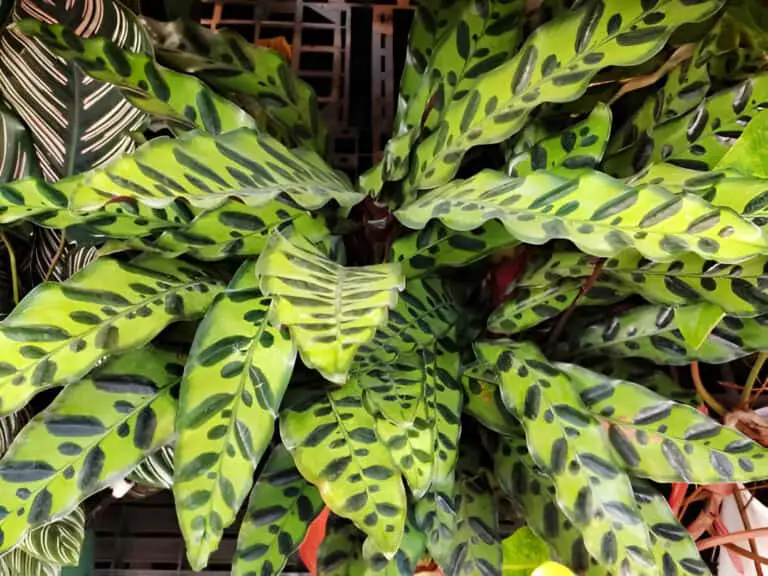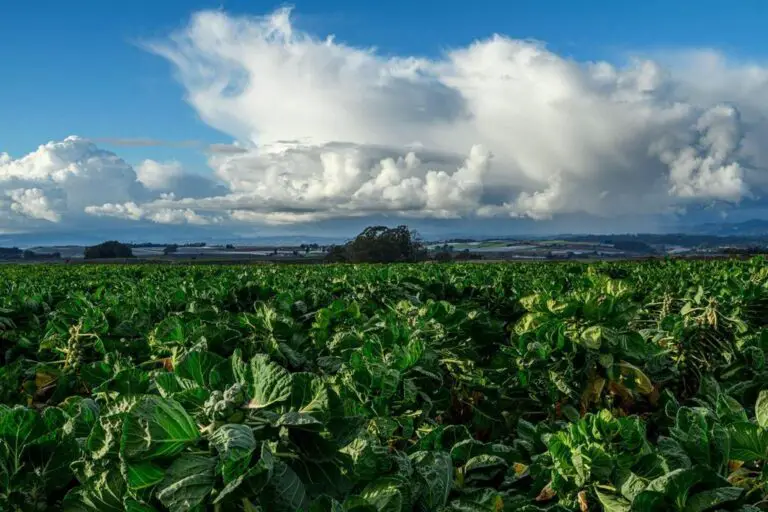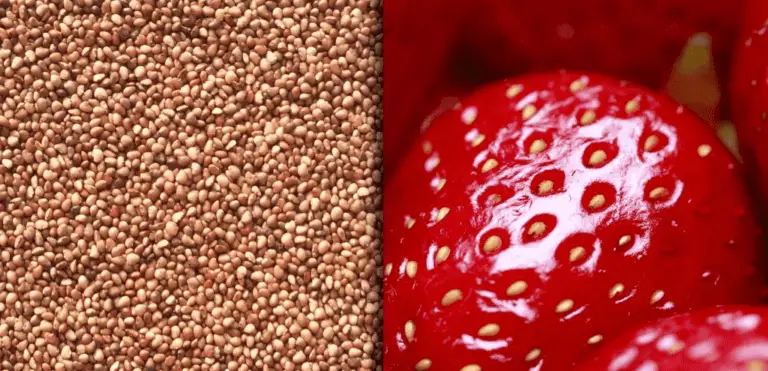Where Does Cucumber Grow Naturally? Does Cucumber Grow in the Wild?
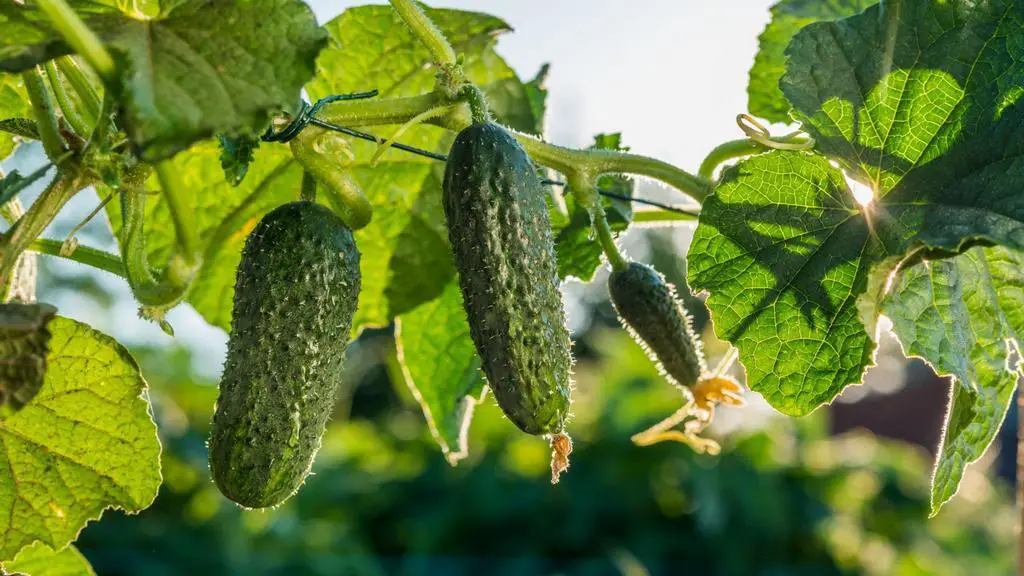
Have you ever wondered where your crisp and refreshing cucumber came from before it ended up in your salad? While cucumbers are now grown all around the world, they actually have a long history of growing naturally in certain regions. In fact, the wild ancestors of cultivated cucumbers are still found in some parts of the world today!
So where does cucumber grow naturally? And can you actually find cucumbers growing in the wild? In this article, we’ll explore the origins of this beloved vegetable and take a closer look at its natural growing habits.
From the deserts of Africa to the forests of Southeast Asia, we’ll learn the interesting story of how the cucumber went from being a wild plant to a crop that people grew and tended. So grab a snack (maybe a cucumber slice?) and read on to discover the world of naturally growing cucumbers.
History and Origin of Cucumber
The cucumber, scientifically known as Cucumis sativus, has a long and fascinating history. It is thought to have come from the foothills of the Himalayas, which are now in India. It has been grown there for more than 3,000 years. From there, it spread to neighboring regions such as Egypt, Greece, and Rome, and eventually to other parts of the world, including Europe and North America.
In ancient times, cucumbers were highly valued for their medicinal properties and were used to treat a variety of ailments, including headaches, bad breath, and digestive issues. The ancient Greeks even believed that eating cucumbers helped cool the blood and prevent the formation of wrinkles. Cucumbers were also important for travelers and soldiers because they helped them stay hydrated and gave them food in hot, dry places.
Over time, cucumbers became a popular vegetable in many different cuisines around the world. In India, cucumbers are used to make raita, a popular side dish made with yogurt and spices. In Japan, cucumbers are pickled and served as a snack or condiment. In the United States, cucumbers are often used in salads or sliced and served as a refreshing snack.
Today, cucumbers are grown and consumed all over the world and have become a staple of many different diets. They are a rich source of vitamins and minerals, and are low in calories, making them an ideal food for those looking to maintain a healthy diet.
So whether you prefer them sliced in a salad, pickled in a sandwich, or simply eaten as a refreshing snack, there’s no denying the important role that cucumbers have played in human history and their continued popularity as a nutritious and delicious vegetable.
Does Cucumber Grow in the Wild?
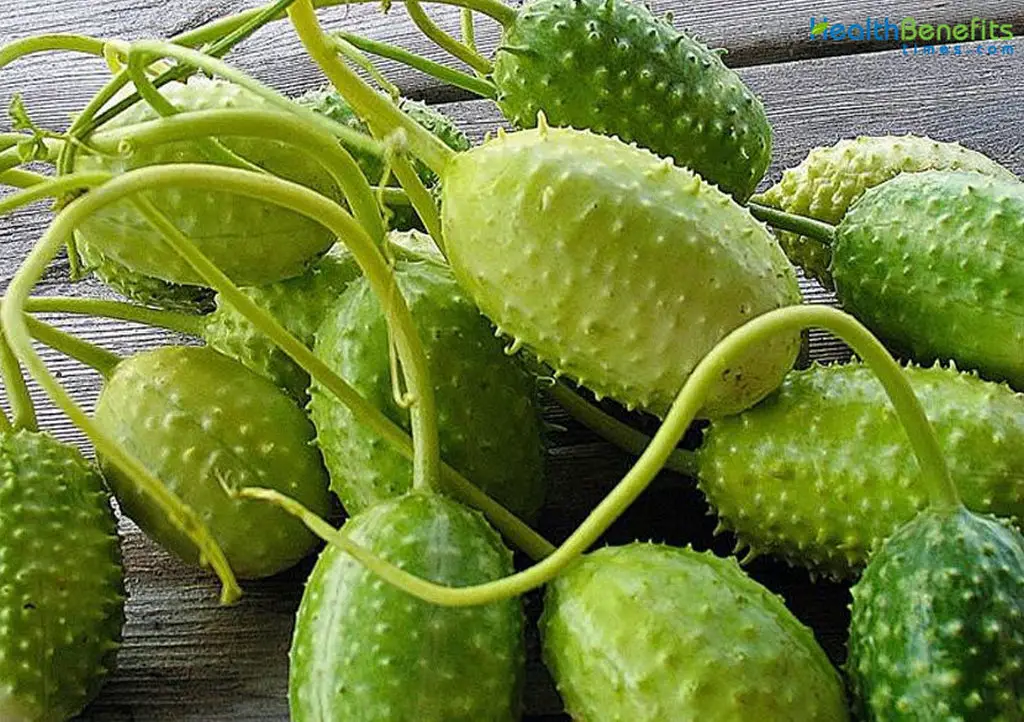
Cucumbers are known to be a popular crop that is grown in many parts of the world. However, have you ever wondered whether cucumbers can grow in the wild? The truth is, while cucumbers are not commonly found growing in the wild, they can still grow under certain conditions. Let’s take a closer look at what these conditions are and where wild cucumbers can be found.
Most cucumbers are grown in fields or gardens where they can be carefully cared for and then picked. However, wild cucumbers can still be found in some regions. In North America, for example, wild cucumbers can be found growing in the southwestern United States and Mexico, where they thrive in arid desert regions.
Most wild cucumbers are smaller and have a stronger taste than cucumbers grown in gardens, but they can still be used in cooking.
When it comes to growing cucumbers in the wild, there are a few key factors to consider. First and foremost, cucumbers require a warm climate with plenty of sunlight. They also need well-draining soil with plenty of organic matter to thrive.
Cucumbers can grow in the wild near riverbanks or other places with plenty of water. While wild cucumbers may not be as large or tasty as their cultivated counterparts, they can still provide a valuable source of nutrition for animals and humans alike.
Natural Growing Conditions for Cucumber
Cucumbers are a warm-weather crop that thrives in conditions that are sunny, warm, and moist. They are native to tropical regions of South Asia, and as a result, they are well adapted to hot and humid growing conditions. In the wild, cucumbers grow on vines that climb up trees or other supports, allowing them to receive plenty of sunlight and air circulation.
When it comes to planting cucumbers, it’s important to choose a location that receives at least 6 hours of direct sunlight each day. This will ensure that the plants receive enough energy to grow and produce a healthy crop. Additionally, cucumbers prefer soil that is moist and well-drained, with a pH of between 6.0 and 7.0. If your soil is heavy or clay-like, consider adding compost or other organic matter to improve drainage and fertility.
Cucumbers are also sensitive to cold temperatures and should only be planted after all danger of frost has passed. In most regions, this means planting them in late spring or early summer. When planting cucumbers, it’s best to sow the seeds directly in the ground, as they do not transplant well. Plant the seeds about one inch deep and six inches apart, and keep the soil evenly moist until the seedlings emerge.
Overall, cucumbers are a relatively easy crop to grow, as long as you provide them with the right growing conditions. By choosing a sunny location with well-drained soil, and keeping the plants well-watered and fertilized, you can enjoy a bountiful harvest of fresh and delicious cucumbers all summer long.
Cultivated Cucumber
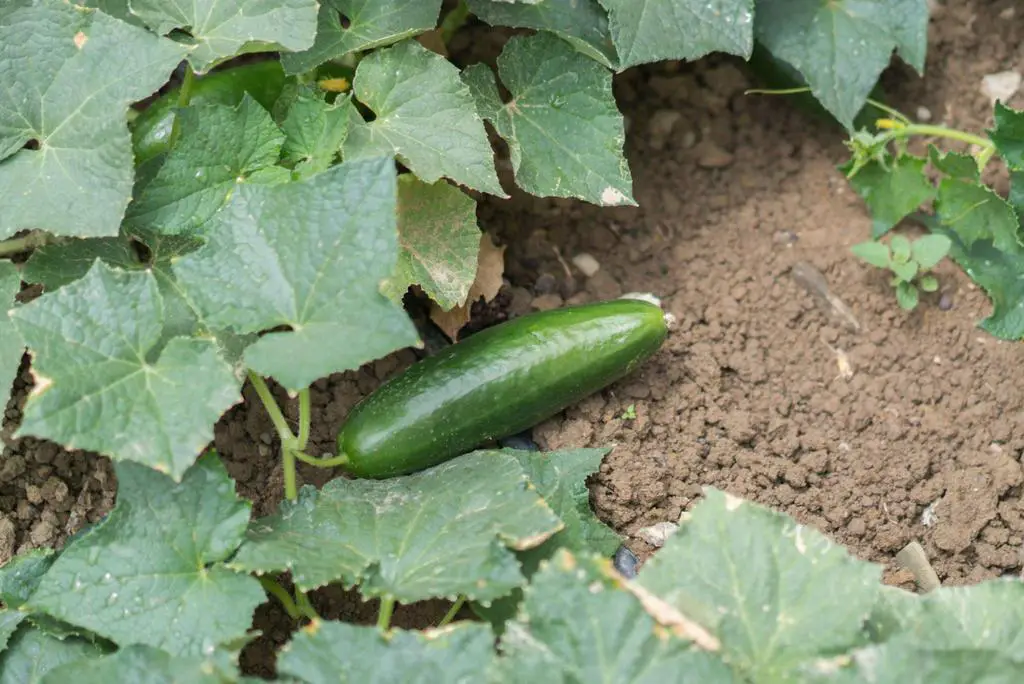
Cucumis sativus, which is another name for cultivated cucumbers, is a crop that is grown all over the world because it has so many uses in cooking. Cucumbers have been grown for a very long time. There is evidence that they were grown in Egypt, Greece, and Rome, which are all very old civilizations.
History of Cultivated Cucumber
Historically, cucumbers were grown for their seeds and oil rather than their fruit, which was often small and bitter. However, over time, cucumbers were selectively bred to produce larger, sweeter fruit, and became a staple crop in many cultures. Today, there are a huge number of different kinds of cucumbers, each with its own traits and uses.
Characteristics of Cultivated Cucumber
Cultivated cucumbers are typically characterized by their elongated, cylindrical shape and smooth, green skin. They are also known for their crisp, juicy texture and mild flavor. Depending on the variety, cucumbers can range in size from small pickling cucumbers to larger slicing cucumbers.
Growing Conditions for Cultivated Cucumber
When it comes to growing conditions, cultivated cucumbers require warm temperatures and plenty of sunlight. They also need well-draining soil with plenty of organic matter to thrive. Cucumbers can be grown in a variety of settings, including gardens, growing cucumber in greenhouses, and even hydroponic systems. They are typically grown from seed and can be trained to grow on trellises or other structures to maximize space and yield.
Differences Between Wild and Cultivated Cucumber
Since people have been growing cucumbers for thousands of years, they have changed in many ways. Even though there are still some wild cucumbers, most of the cucumbers we eat today are cultivated varieties that have been bred for their good qualities.
Here are three key differences between wild and cultivated cucumbers.
1. Physical Differences
Wild cucumbers tend to be smaller and more bitter than cultivated varieties. They also have a thicker skin and larger seeds. In contrast, cultivated cucumbers are larger, sweeter, and have a thinner skin and smaller seeds. Cultivated cucumbers also come in a wider range of shapes and colors than wild cucumbers.
2. Nutritional Differences
While both wild and cultivated cucumbers are low in calories and high in water content, there are some nutritional differences between the two. Cultivated cucumbers tend to be higher in vitamin C, vitamin K, and potassium than wild cucumbers. They also contain higher levels of certain phytonutrients, such as flavonoids and lignans.
3. Culinary Uses
Wild cucumbers are generally too bitter and tough to be eaten raw, but they can be cooked or pickled. In contrast, cultivated cucumbers are eaten raw in salads, sandwiches, and as a snack. They are also pickled and used in a variety of dishes, such as relishes and chutneys. Cultivated cucumbers are also used to make drinks, such as cucumber water and cucumber lemonade.

